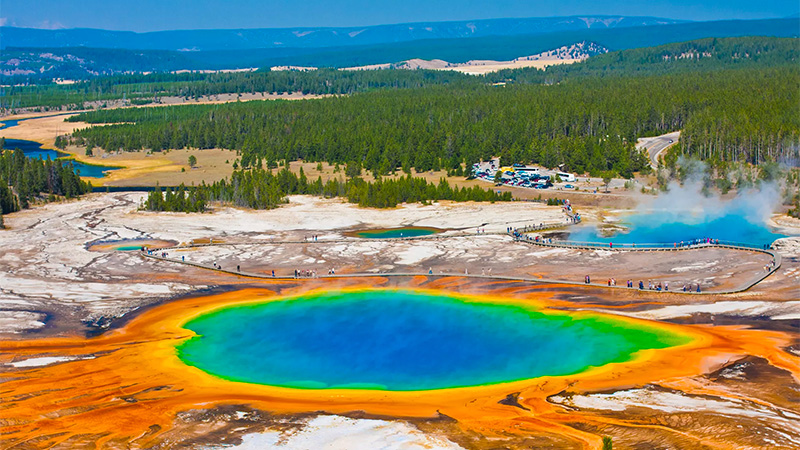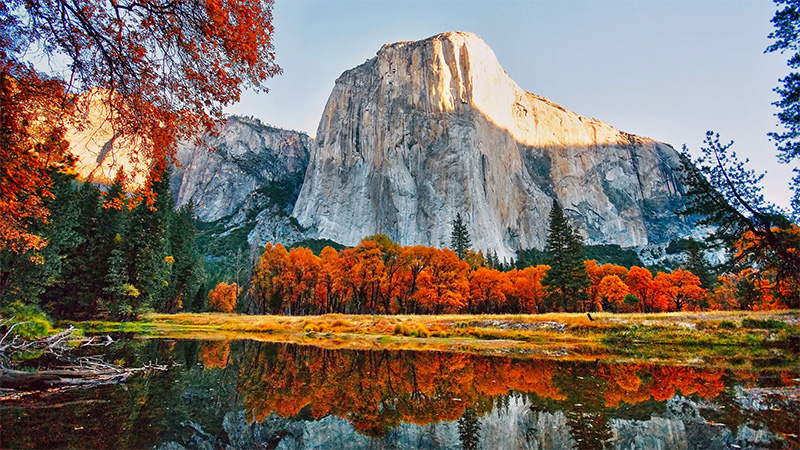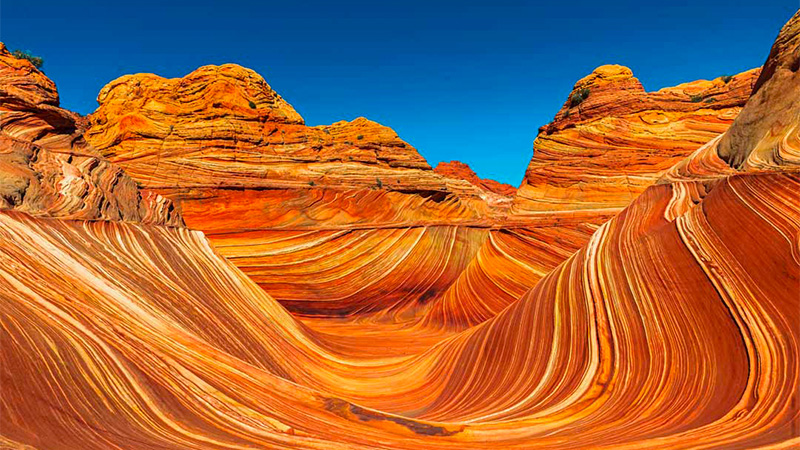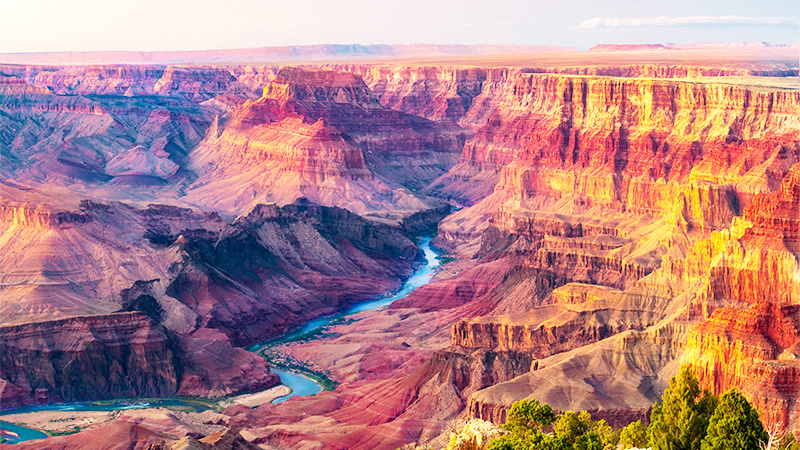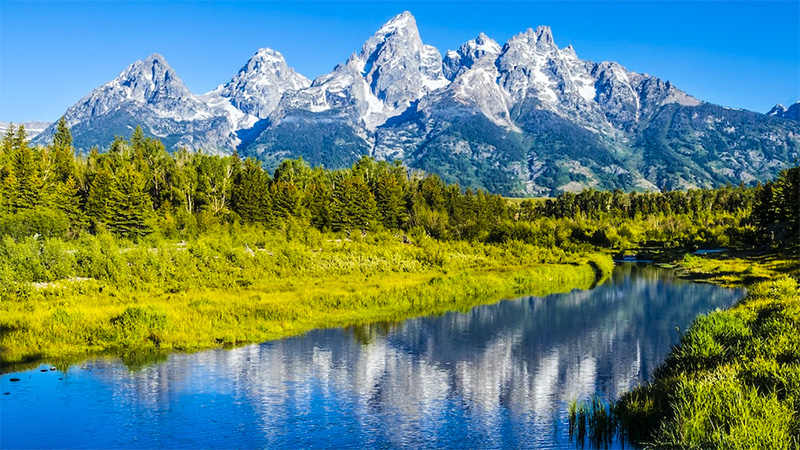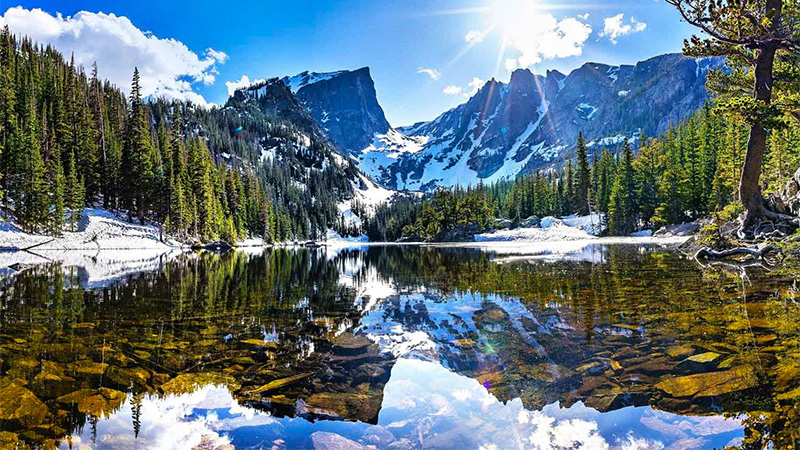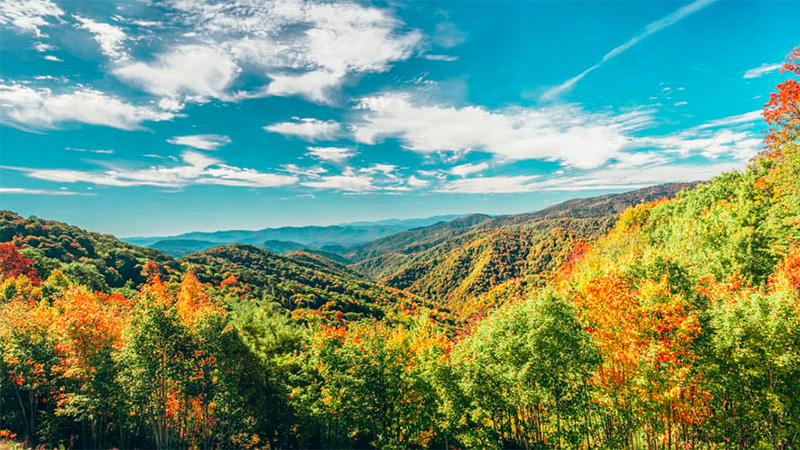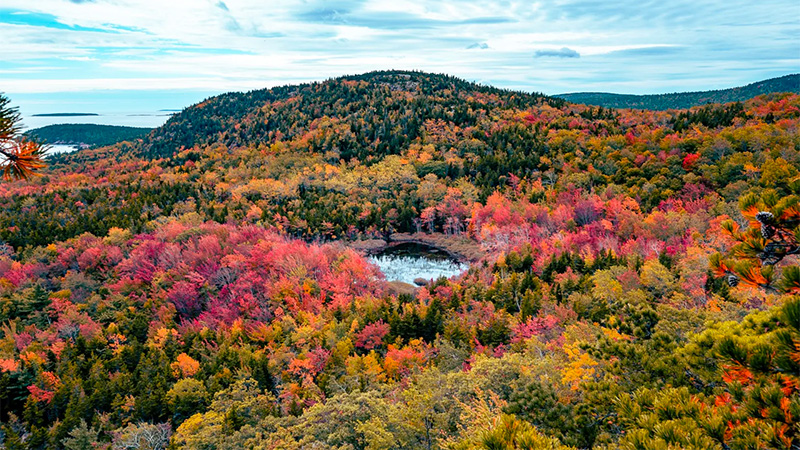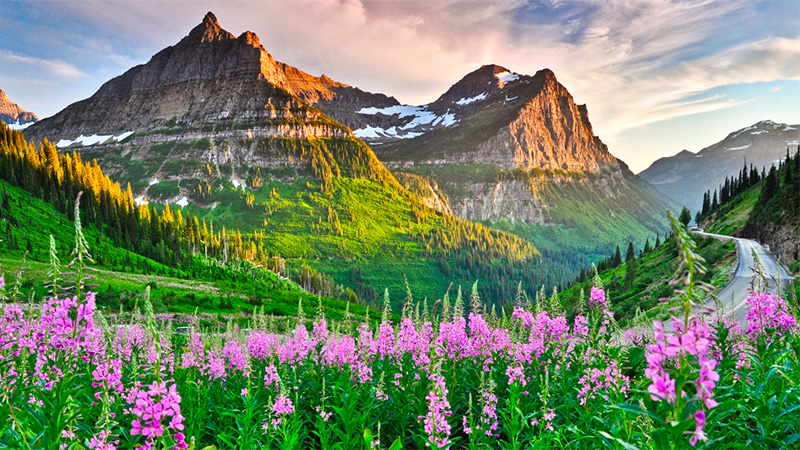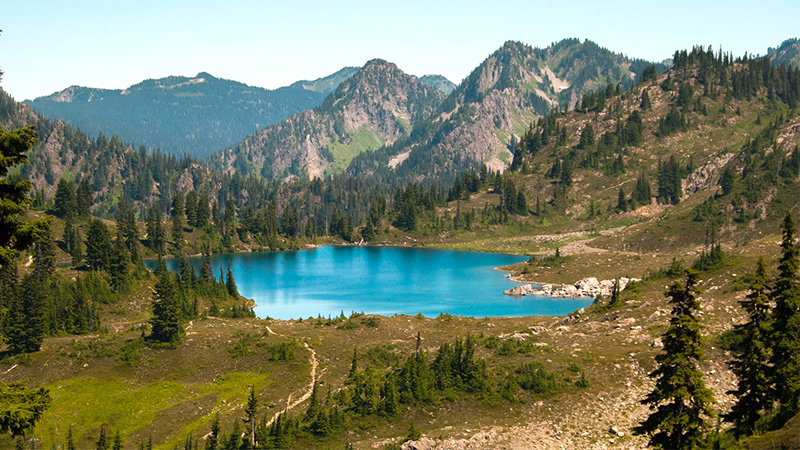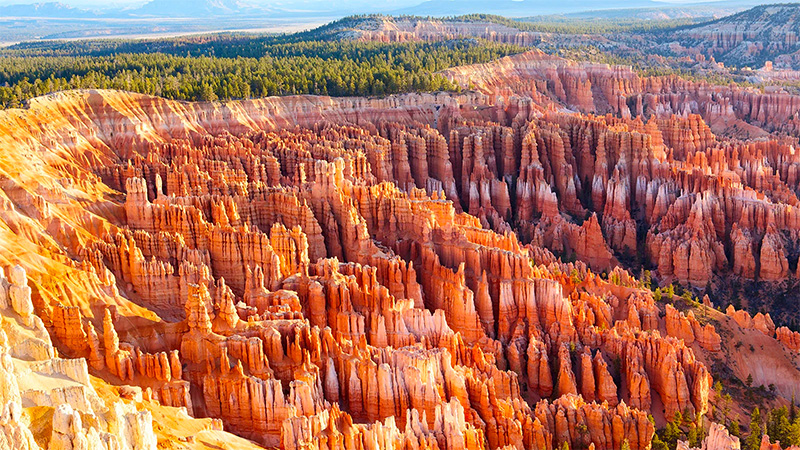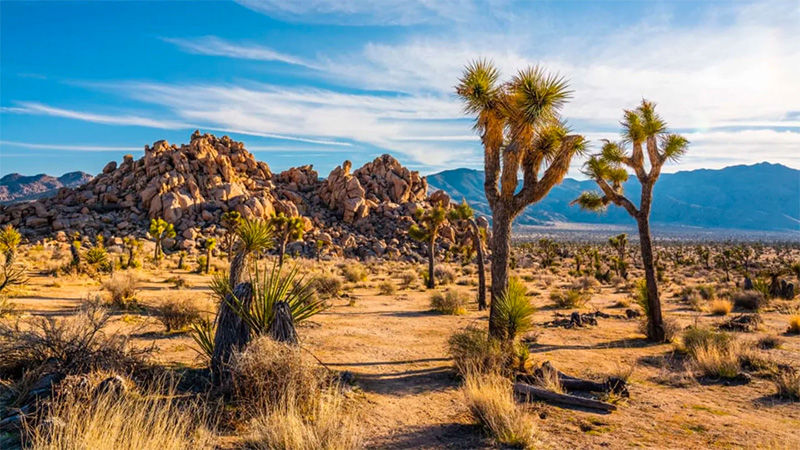-
Yellowstone National Park is a nearly 3,500-sq.-mile wilderness recreation area atop a volcanic hot spot.
-
Yosemite National Park is in California’s Sierra Nevada mountains.
-
Zion National Park is a southwest Utah nature preserve distinguished by Zion Canyon’s steep red cliffs.
-
Grand Canyon National Park has its layered bands of red rock revealing millions of years of geological history.
-
Grand Teton National Park encompasses the Teton mountain range, the 4,000-meter Grand Teton peak.
-
Rocky Mountain National Park spans the Continental Divide and encompasses protected mountains, forests and alpine tundra.
-
Great Smoky Mountains National Park encompasses lush forests and an abundance of wildflowers that bloom year-round.
-
Acadia National Park is a 47,000-acre Atlantic coast recreation area primarily on Maine's Mount Desert Island.
-
Glacier National Park is a 1,583-sq.-mi. wilderness area with glacier-carved peaks and valleys running to the Canadian border.
-
Olympic National Park sprawls across several different ecosystems, from the dramatic peaks of the Olympic Mountains to old-growth forests.
-
Bryce Canyon National Park is known for crimson-colored hoodoos, which are spire-shaped rock formations.
-
Joshua Tree National Park is characterized by rugged rock formations and stark desert landscapes.












